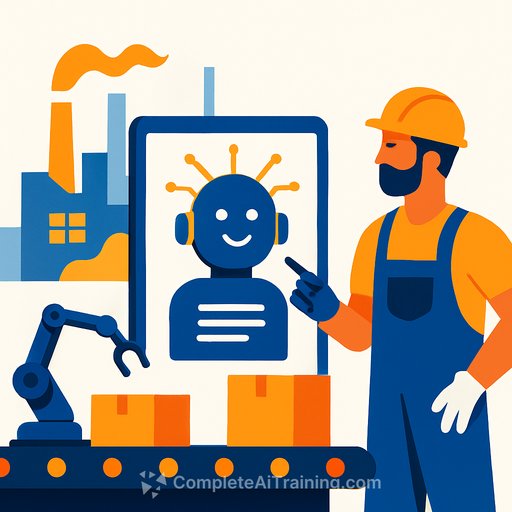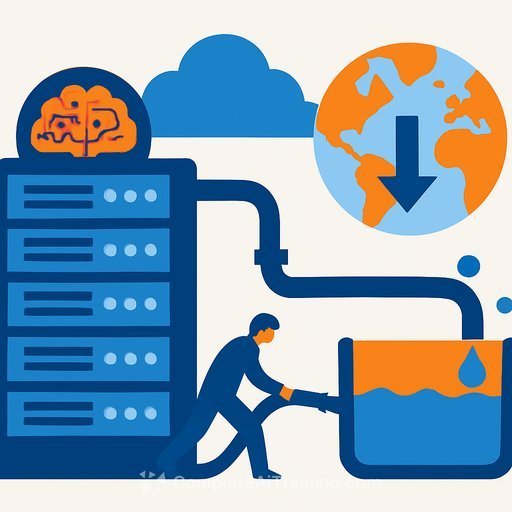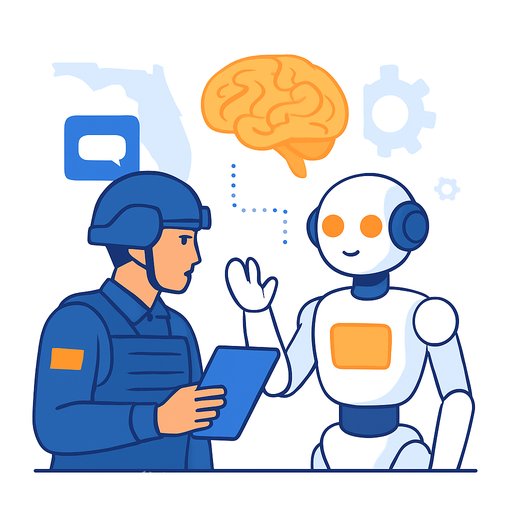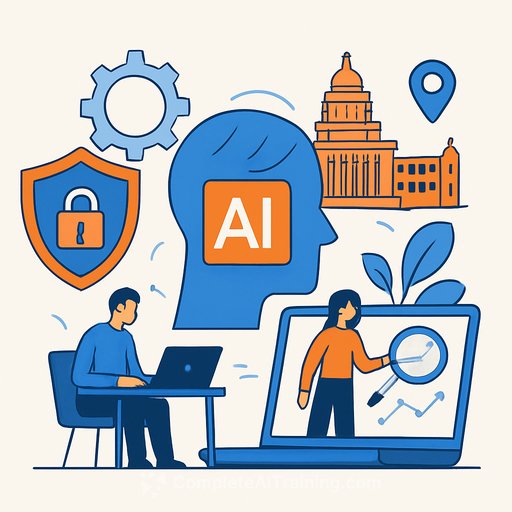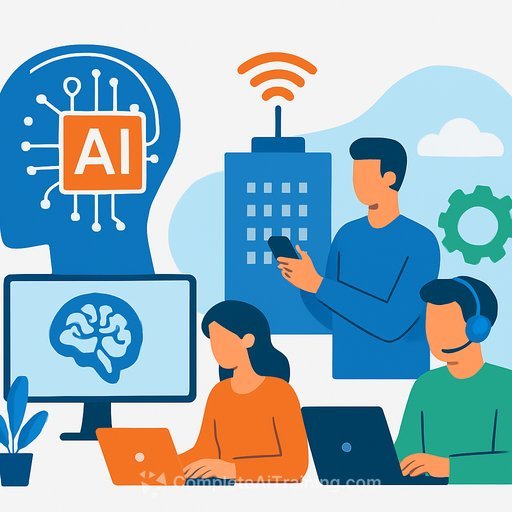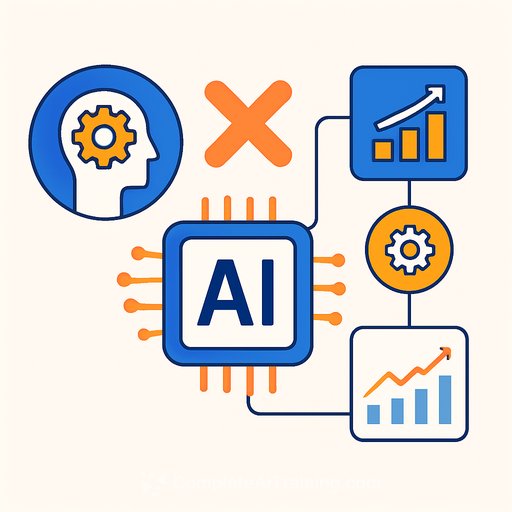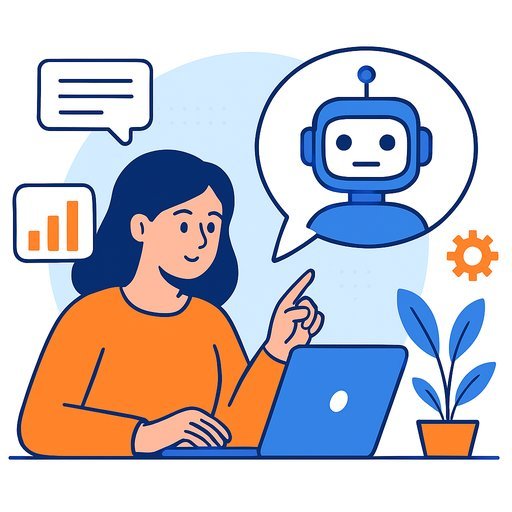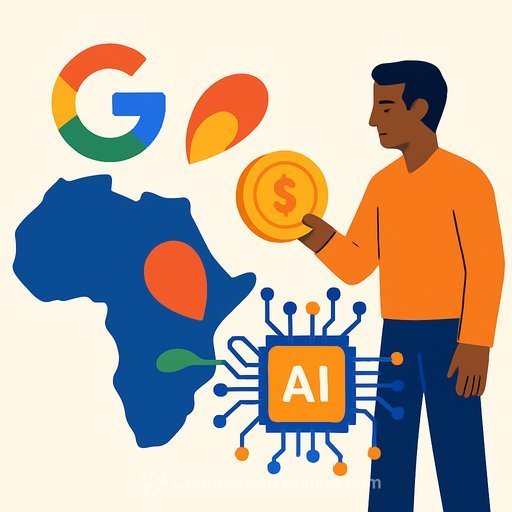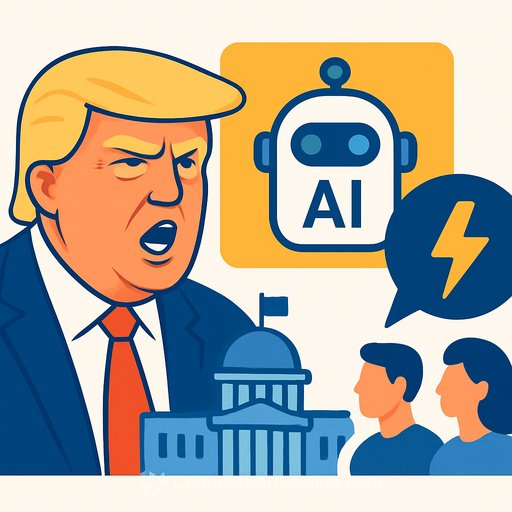New AI Model Set to Transform U.S. Manufacturing
Artificial intelligence has made big strides in fields like medicine and finance, but manufacturing has seen limited AI adoption so far. The challenge lies in the nature of factories: highly structured, fast-moving spaces that demand precision and perfect timing. Success in this setting requires more than just powerful algorithms; it calls for real-time awareness of complex systems, equipment, and workflows.
A new AI model, developed with support from the U.S. National Science Foundation, addresses these challenges with a fresh approach aimed at improving factory operations across the country.
Introducing MaVila: A Manufacturing-Specific AI Assistant
MaVila — short for Manufacturing, Vision and Language — is an intelligent assistant created by a team at California State University Northridge’s Autonomy Research Center for STEAHM. This tool combines image analysis with natural language processing to help manufacturers detect problems, recommend improvements, and communicate directly with machines in real time.
Unlike general AI systems trained on broad internet data, MaVila is built from the ground up with manufacturing-specific knowledge. It learns from visual and language inputs collected right on the factory floor. This means it can "see" parts, identify defects in everyday language, suggest fixes, and even send commands to machines to adjust settings automatically.
Data Efficiency and Accessibility for Smaller Businesses
Data scarcity is a common hurdle in manufacturing AI, where gathering large datasets can be costly or impractical. MaVila overcomes this by using a training method that requires far less data than typical AI models. This makes the technology more accessible to small and medium-sized manufacturers who often lack the budget or expertise for expensive AI tools.
The team trained MaVila using extensive image datasets paired with detailed descriptions, then fine-tuned it with photos of 3D-printed parts showing common flaws like blobs, cracks, or stringy filaments. In most trials, MaVila accurately identified issues and recommended better printing parameters.
Real-Time Operation and Robotics Integration
To demonstrate real-world capabilities, MaVila was connected to mobile devices and robotic simulations. This setup lets the AI identify equipment from photos and generate step-by-step instructions to tweak machine performance or fix defects — a task that usually requires expert programming.
The project benefited from the National Research Platform (NRP) Nautilus, a federally funded consortium led by UC San Diego, which supports over 50 research institutions. High-performance computing resources funded by NSF enabled the team to simulate manufacturing conditions and test edge cases efficiently.
Benefits for U.S. Manufacturing and Workforce
By helping factories detect problems early and optimize operations, MaVila supports human workers in making faster, smarter decisions. This can increase productivity and boost the competitiveness of U.S. manufacturing on the global stage.
Technologies like MaVila are expected to strengthen domestic manufacturing, enhance economic resilience, and prepare the workforce for future industries. The project highlights the impact of sustained public investment in AI research, computing infrastructure, and collaborative partnerships.
For those interested in advancing their AI skills to work with emerging tools like MaVila, exploring relevant AI training courses can be a valuable step.
Looking Ahead
MaVila marks a notable advance in autonomous, adaptive manufacturing. By bridging visual recognition and natural language, it opens new possibilities for factories to operate more efficiently and flexibly. This progress reflects a growing trend of AI moving beyond traditional data centers into the physical environments where real-world products are made.
These developments suggest a future where AI tools not only assist but actively collaborate with manufacturing teams — making factories smarter, safer, and more responsive to changing demands.
Your membership also unlocks:

